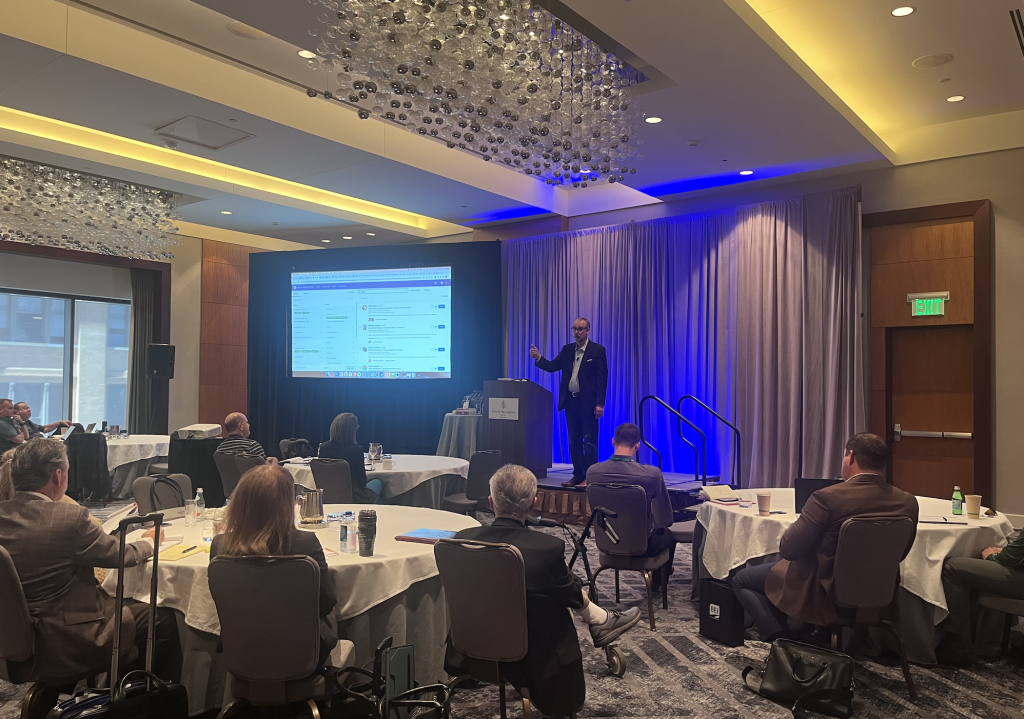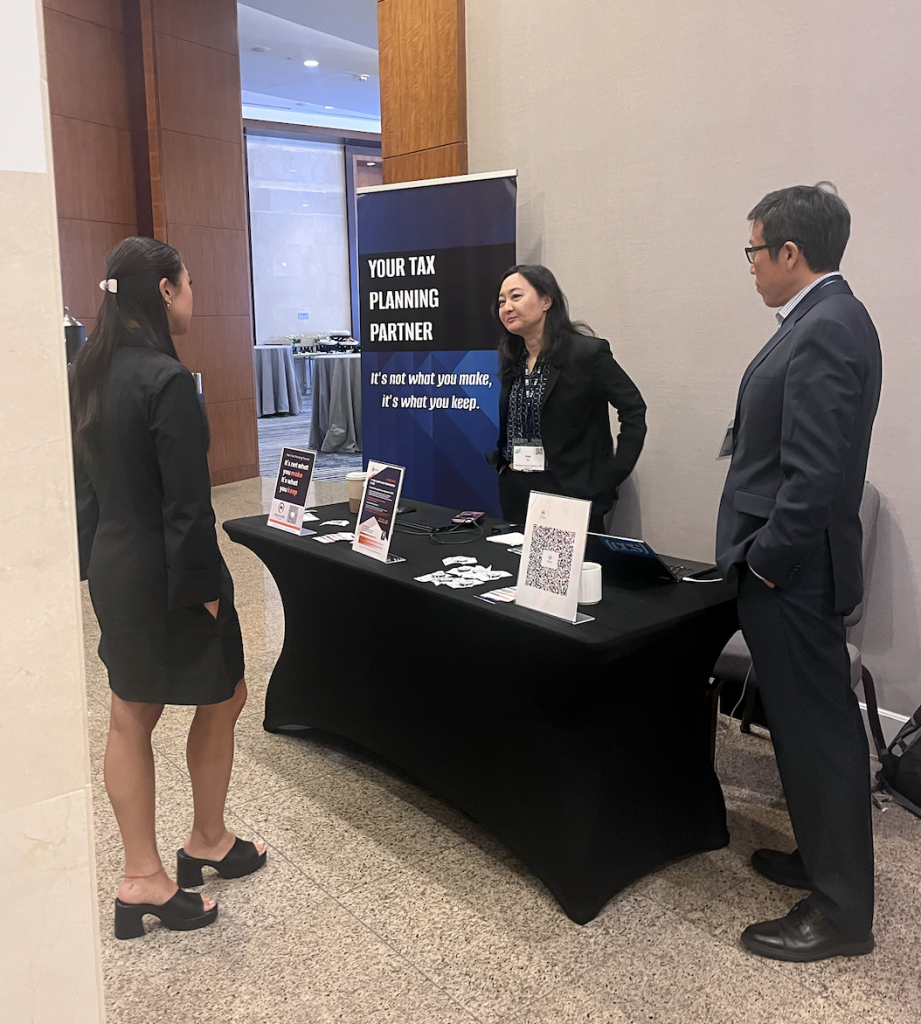Business value is important to all businesses, but it is transferable value – what a business is worth to a buyer without the owner’s presence and involvement in the business – that drives a successful exit. Transferable Value can be increased by having strong Value Drivers. Strong Value Drivers are what make a company a desirable acquisition to buyers. Buyers will pay top dollar for a company with well-functioning Value Drivers because Value Drivers inherently contribute to increased cash flow.
To help guide you toward the kinds of Value Drivers your clients should aim to install in their companies, we’ve compiled a list of the nine most important Value Drivers. As you read through this list, remember that it is not exhaustive. Depending on who your clients are and which types of businesses they run, there may be other Value Drivers that create and increase transferable business value. However, these Value Drivers are nearly universal.
9 Value Drivers
- Next-Level Management
- Operating Systems that Improve Sustainability of Cash Flows
- Diversified Customer Base
- Proven Growth Strategy
- Recurring Revenue that is Sustainable and Resistant to Commoditization
- Good and Improving Cash Flow
- Demonstrated Scalability
- Competitive Advantage
- Financial Foresight and Controls
Next-Level Management
Next-level management is the mother of all Value Drivers. It is the most critical Value Driver because in the end, management oversees the installation and growth of all other Value Drivers.
As the name implies, next-level managers usually work in companies that are larger than your clients’ companies. Next-level managers will know how to grow the company at least to the level of the larger companies they’ve worked for. These managers have worked with customers, vendors, advisors, consultants, and others in the market at levels to which your clients aspire to grow their companies.
This isn’t to say that your clients’ existing managers can’t grow the company to the level needed to bridge any Asset Gaps your clients might have. Whether current managers can do that is a determination you must help your clients make, using either your own expertise or the expertise provided by your Advisor Team. Existing managers certainly can drive growth at the pace necessary if your clients’ companies are currently growing at a pace that will bridge any existing Asset Gaps. If growth isn’t on track to achieve your clients’ goals, then their existing managers, with additional training (perhaps working with outside consultants and coaches), may be able to improve to the degree necessary to achieve the results your clients require.
Operating Systems
Establishing and documenting standard business procedures and systems demonstrate to buyers that your clients’ businesses can maintain profitability both after the sale and after your clients have exited. Properly established and practiced systems create cash flow and increase its sustainability. As an advisor, having tools and systems to document your clients’ business procedures goes a long way in assuring that they can show potential buyers what those procedures are and that those procedures work.
In short, savvy buyers—without exception—look to this Value Driver. If it is absent or weak, buyers move on. We cannot understate the importance of this Value Driver: Creating and documenting systems and processes is crucial to building your clients’ business value to the point at which they can leave their businesses on their terms without fear that they will fall apart without them.
Diversified Customer Base
Buyers typically look for a customer base in which no single client accounts for more than 10% of total sales. A diversified customer base insulates companies from the loss of a major customer. For example, if you are working with a client whose three top customers generate 40% of all sales, a buyer would be concerned if one or more of them left upon learning that your client sold the company. To a lesser extent, this may also be a concern to key employee, co-owner, or family buyers if the biggest customers are loyal to the business owner rather than to the business itself or other employees. Thus, customer concentration is a risk factor to avoid, regardless of the Exit Path your clients choose. While it may be difficult for your clients to consider new and/or profitable markets for their products and services, if you have clients who rely on only a handful of customers, it’s a topic you must broach.
Proven Growth Strategy
Even if your clients expect to retire tomorrow, it makes sense for them to have a written plan describing future growth, and how they will achieve that growth in the context of industry dynamics and demand for their company’s products. This growth plan may include developing new product lines or augmenting existing ones, market plans, growth through the acquisition of other companies, expansion into new territories, or increasing manufacturing capacity. A detailed and properly communicated growth plan helps attract buyers, especially if your clients’ previous plans have allowed them to successfully attain their goals. Combining next-level management with a written growth plan that details business value is a powerful one-two punch. Top management, with input from your business-owning clients, will create the plan for how goals will be accomplished and assign responsibility and deadlines.
If your clients have not created a written plan, you must help them evaluate the resources within their companies to create a plan that, at a minimum, bridges the existing value/cash flow gap. This is an area where collaborating with members of your Advisor Team, or even bringing experts from the outside onto your Advisor Team, may be essential.
Recurring Revenue
You may want to view this as two Value Drivers:
- Recurring, sustainable revenue.
- Having products or services resistant to commoditization.
The reason that revenue is a Value Driver is evident: If you were a buyer, you’d much prefer to buy a business that makes money hand over fist than one that struggles to eke out a profit. The question you should ask your clients is, is there a way for their companies to create one or more recurring revenue streams? Whether your clients can think of ways to create recurring, commoditization-resistant revenue or not, getting them thinking about this question opens a door for you to help them, either with your own expertise or through your Advisor Team.
The first step in installing this Value Driver is to find out whether your clients’ companies have recurring revenue streams to begin with. Another question to ask your clients is whether their products and services are viewed as commodities by customers.
It’s difficult to create any useful product or service that can’t be quickly imitated and commoditized by competitors, so continuous innovation in addition to the other strategies mentioned above is crucial when it comes to building transferable value.
Good & Improving Cash Flow
Ultimately, all Value Drivers contribute to stable and predictable cash flow. You can help your clients increase their companies’ cash flow today by focusing on ways for their management teams to operate their businesses more efficiently: increasing productivity and decreasing costs. However, this alone may not create sufficient growth to allow your clients to achieve their objectives on time. Additionally, this Value Driver depends on the effective operation of other Value Drivers.
Growth throughout the entire infrastructure of your clients’ companies is pivotal to growing cash flow. For example, growth in the number of customers your clients serve requires growth in customer service. When the quality of your clients’ customers increases, or when your clients add or change product and service offerings, the entire organization must grow in lockstep. This means more—or better—management, more training, and more accountability. As an Exit Planning Advisor, you can search for, find, and introduce your clients to the people and programs necessary to make the improvements a reality, ultimately improving transferable value.
Demonstrated Scalability
Under the right circumstances, increased revenue can lead to increased profit margins for your clients. Consider a gaming app on a phone. There’s a fixed cost to design and test the app, but additional sales don’t necessarily increase those costs. While scalability may be a bit more difficult if you’re representing the owner of a hardware store, it’s not impossible: If your hardware store owner enjoys high profitability and strong revenue growth, it’s likely that the company has many of these Value Drivers in place, including a competitive advantage. If these Value Drivers can be replicated, your client can scale the business by establishing new stores in different locations using the same Value Driver model, similar to the model Apple uses with its Apple Stores.
Scalability should be a major focus for your clients. It is perhaps the quickest way to grow cash flow and increase business value because scalability is based on something the company is already doing.
Competitive Advantage
The competitive advantage your clients provide is the reason their customers buy from them instead of from their competitors. How do you help your clients identify any competitive advantages their companies might have? It isn’t easy, especially since your clients may have a competitive advantage that they don’t even know they have. A good way to determine whether there is a competitive advantage at all is to compare your clients’ profit margins and growth rate to their competitors’. If they are considerably higher for your clients, it’s a good bet that they have a competitive advantage. If so, you and your Advisor Team must help them determine what it is and protect it.
It’s possible that your clients have a competitive advantage and know what it is. However, if they don’t, they’re likely competing on price alone, which means that they’re susceptible to commoditization. In either case, it’s worth spending time on this Value Driver with your clients, their management teams, and your Advisor Team. If the company has a competitive advantage, you’ll want to help your clients protect it and more importantly, promote it.
Financial Foresight
Like recurring revenue, this Value Driver also has two aspects. The first relates to financial controls or reporting. Many companies lack reliable financial reporting to such an extent that buyers can’t determine what the company has or track the source of its revenues. Usually, this problem is correctable, but it takes time to do so. More importantly, sloppy financial reporting can indicate to buyers that there’s an underlying problem, the most benign of which is that owners and management lack a clear understanding of their own company’s financial performance. The second aspect is less apparent but more important. If your clients want their companies to grow substantially and quickly, their companies “must be fed.” As you help your clients create a growth plan for their businesses, you must also help them project the cash flow cost of implementing the plan. Generally speaking, giving yourself and your clients a full year allows you, your clients, and your Advisor Team the time necessary to arrange financing.
You must assure that your clients have a firm grip on their companies’ financial condition. This is a critical responsibility because your clients are the ones signing off on all the loans and other obligations of the company. Thus, helping your clients forecast the financial demands that their growth plans will create, with the help of a CFO or CPA if necessary, is important. If growth needs to accelerate substantially and quickly to meet your clients’ goals, it may take more than the cash flow their companies produce to support it. Bank or other financing should be secured before your clients find themselves in the middle of expansion and short on cash.
Conclusion: Timing the Installation of Value Drivers
The sooner owners begin to install or improve their companies’ Value Drivers, the more their companies benefit. It’s important for you, as your clients’ most trusted advisor, to encourage your clients to install Value Drivers as soon as possible. One of the more common objections you’ll likely face is when owners tell you they’ll start installing Value Drivers (i.e., building transferable value) when they’re ready to exit. But if your clients wait to begin building transferable value until they are emotionally prepared to leave the business, several problems arise.
First, they will still have to do all the same work necessary to build business value whether they’re emotionally ready to exit or not. The only difference is that if your clients wait until they are emotionally ready to exit to install Value Drivers, there’s a high probability that they will have lost the passion and drive they had before they were ready to leave. Once entrepreneurs lose their drive, the energy and growth of their businesses suffer. Acting to push business value upward is vital and, since owners must do it anyway, why not start today?
Second, if your clients wait to build transferable business value until they are emotionally prepared to leave the business, they will have forfeited years of increased cash flow. Third, by waiting, owners also forfeit a more pleasing ownership experience, because the heart of value building is making the owner replaceable while increasing cash flow. As you help owners install Value Drivers, the first tasks you’ll likely help your clients do will be assigning duties that they find uninteresting or unpleasant to others.
Finally, when owners wait to build transferable business value until they feel ready to leave the business, they limit their Exit Path options and increase the difficulty of the obstacles they’ll encounter. Allotting extra time to allow owners to pursue alternative growth strategies (e.g., replacing non-performing management) is crucial, and without that extra time, they can trap themselves. Insufficient transferable value is the principal cause of failure in Exit Planning, so the time to act is now, while your clients have the time to create additional business value. Don’t let a lack of time or knowledge curtail your ability to do all that is necessary for your clients.
























